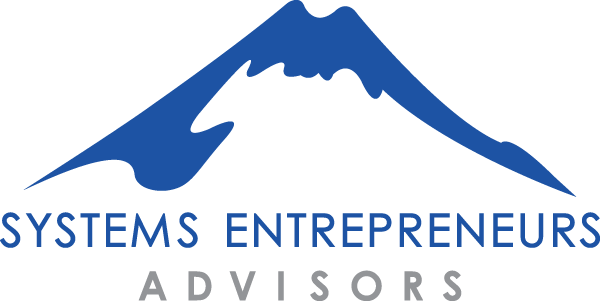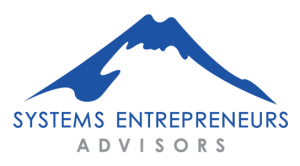Operations for Collective Action
“The beauty is in the details.” We hear this phrase often, and it fits perfectly with the process of changing systems. Operations make up the details of successful systems change efforts. We work with our clients to define how to manage the inner workings of collective action so that they can function as efficiently and effectively as possible.
The term “operations” refers to how organizations carry out their work. The day-to-day methods, procedures, and routines are as critical to success as a program strategy. To achieve their goals efficiently and effectively, individual organizations and collectives – whether collaborations, coalitions, or movements – need strong underlying operational systems that fit together coherently. As collectives are typically decentralized structures, they require good communications, clear procedures and effective feedback loops.
Typically, operational components include fundraising, finance, human resources and talent, marketing and communications, information technology, and infrastructure. On top of each individual component, the function of operations must guide overall resource allocation and risk management.
Operations need to be more than well-designed; operations also need to be well-managed. That is why the CEO, President, or Executive Director is often the one overseeing the integration of the various elements of operations. In slightly larger organizations, the role can fall instead to a “number 2” or a COO. Regardless, this person must be a talented orchestrator of the work of different teams so that the systems fit together as a whole, which is often called integration.
Integration … ensures that all units in an organization understand the work being done by other units; and, secondly, [integration] establish[es] processes that enable staff to complement, support and add to each other’s work without duplication occurring.1
This team orchestrator role is especially tricky in collective action work where clear hierarchy is less common and would even hinder engagement levels of multiple independent actors. All the same, the operations leader is still responsible for defining the internal structure of the teams supporting the collective, the individual responsibilities of a team and their area, and how people and areas coordinate or integrate their actions. Decision-making across teams, for instance, needs to be well-understood even if it is not coming through in a top-down way.
Funding the work of operations always presents a challenge. Many funders do not always understand how critical the internal structure of an organization is to accomplishing the mission or even projects. As a result, rather than fully staffing each function, many organizations end up concentrating multiple operational components in one or two people, hiring outside service providers, or focusing only on what is indispensable. The challenge to fund operations for collective action groups is even more acute because a common outside perception is that since the collective is not a permanent structure, it does not need investment at the operations level.
Collectives have inherent challenges from the beginning because of the often-differing levels of commitment among the various actors. To this situation, operations leaders must bring strong but often subtle skills to keep such a team of teams together and functioning efficiently and effectively.
We have learned from success and failure that setting up the structure, systems, and team for smooth operations right from the get-go makes all the difference. As experienced instigators or leaders of collectives and complex collaborations, our team members can provide advice on how to set up your operations to achieve the intended outcomes. We can work with you to define which components of operations are the most important to your endeavor and to structure the right team with a combination of paid and volunteer staff. We can help you get this right from the beginning.


